The face mask is not a new innovation in the cosmetic industry, but a very ancient remedy that women have always been interested in. Kaolin is very useful for this mask and in most of them, it is one of the most important ingredients. Kaolin clay, also known as kaolinite, got its name from Gaoling, a small hamlet in China’s Jiangxi Province. Kaolin clay is often referred to as kaolinite. Gaoling is well-known in the Jingdezhen region for producing extraordinarily high-quality porcelain.  It is also known as China clay, and it is typically white in color. Because iron oxide is involved in its composition, it can also appear pink, orange, and red. Kaolinite is a mineral that can be discovered very easily and is mined in a variety of locations across the world. Kaolin clay, often known as China clay, is an extremely fine powder that can be white, orange, red, or pink. This sort of clay is also known as china clay. When kaolin clay is put to the face as a mask, the various compounds that are beneficial to the skin can be easily removed. Because of its ability to absorb oil, promote wound healing, and act as a benign antibacterial agent, kaolin clay is an excellent acne therapy. It also has the capacity to serve as a mild astringent, which helps to constrict the pores on the skin and prevents environmental toxins from infiltrating the skin.
It is also known as China clay, and it is typically white in color. Because iron oxide is involved in its composition, it can also appear pink, orange, and red. Kaolinite is a mineral that can be discovered very easily and is mined in a variety of locations across the world. Kaolin clay, often known as China clay, is an extremely fine powder that can be white, orange, red, or pink. This sort of clay is also known as china clay. When kaolin clay is put to the face as a mask, the various compounds that are beneficial to the skin can be easily removed. Because of its ability to absorb oil, promote wound healing, and act as a benign antibacterial agent, kaolin clay is an excellent acne therapy. It also has the capacity to serve as a mild astringent, which helps to constrict the pores on the skin and prevents environmental toxins from infiltrating the skin.  In addition to these uses, kaolin clay can be combined with a variety of other ingredients to create a natural deodorant, a hair mask, and even a bath additive. For as long as anybody can remember, kaolin clay has been utilized in cosmetics and personal care products. People with dry or sensitive skin should use this clay because it is the gentlest of all clays and is high in minerals that have been shown to be beneficial to the skin. It is simple to construct a face mask out of kaolin clay at home, and the mask works just well on its own, without the need for any additional components. On the other hand, the addition of components such as lemon juice, honey, avocado, turmeric powder, green tea, essential oils, fruit mash, coffee powder, apple cider vinegar, sweet almond oil, and cocoa powder might result in an even more potent combination. In order to prepare a face mask made of kaolin clay, you will need a half teaspoon’s worth of the clay and the amount of water required to form a paste of the proper consistency. The consistency of the paste should be just right—not too thick, nor too thin—so that you can easily spread it all over your face and neck. If you are going to be adding anything more, start by combining the dry ingredients, and once you have a paste-like consistency, add water a little at a time while stirring it.
In addition to these uses, kaolin clay can be combined with a variety of other ingredients to create a natural deodorant, a hair mask, and even a bath additive. For as long as anybody can remember, kaolin clay has been utilized in cosmetics and personal care products. People with dry or sensitive skin should use this clay because it is the gentlest of all clays and is high in minerals that have been shown to be beneficial to the skin. It is simple to construct a face mask out of kaolin clay at home, and the mask works just well on its own, without the need for any additional components. On the other hand, the addition of components such as lemon juice, honey, avocado, turmeric powder, green tea, essential oils, fruit mash, coffee powder, apple cider vinegar, sweet almond oil, and cocoa powder might result in an even more potent combination. In order to prepare a face mask made of kaolin clay, you will need a half teaspoon’s worth of the clay and the amount of water required to form a paste of the proper consistency. The consistency of the paste should be just right—not too thick, nor too thin—so that you can easily spread it all over your face and neck. If you are going to be adding anything more, start by combining the dry ingredients, and once you have a paste-like consistency, add water a little at a time while stirring it. 
Kaolin Clay Mask
When a kaolin clay mask is put on to the face as part of a facial treatment, the skin benefits in the following ways: Acne An acne outbreak is almost always brought on by an overproduction of oil in the skin. Within the pores of the skin, this excess oil combines with dead skin cells, dirt and grime, and germs to create zits, which typically appear on the face but can also appear on the neck. Clay made from kaolin is excellent at soaking up oil. Clay from kaolin helps absorb excess sebum and germs that can lead to acne when it is applied to the face in the form of a mask. In addition to this, it draws out dirt and grime from deep inside the pores of the skin by adsorbing it. Last but not least, its capacity to repair wounds means that acne can be treated, leaving your skin clear and clean. Using a kaolin face mask on a regular basis helps clear up acne and restores a healthy balance to oil production. It is recommended that you use a kaolin face mask for the treatment of other skin issues, including blackheads, seborrhea, dark spots, and so on. Exfoliator Because of its fine particle size, kaolin clay is an exfoliator that is not only effective but also quite mild. To make use of the exfoliating capabilities of kaolin clay, it is recommended that the kaolin clay paste be rubbed into the skin in a circular motion while a kaolin clay face mask is being applied, and then that the mask be removed in the same manner. 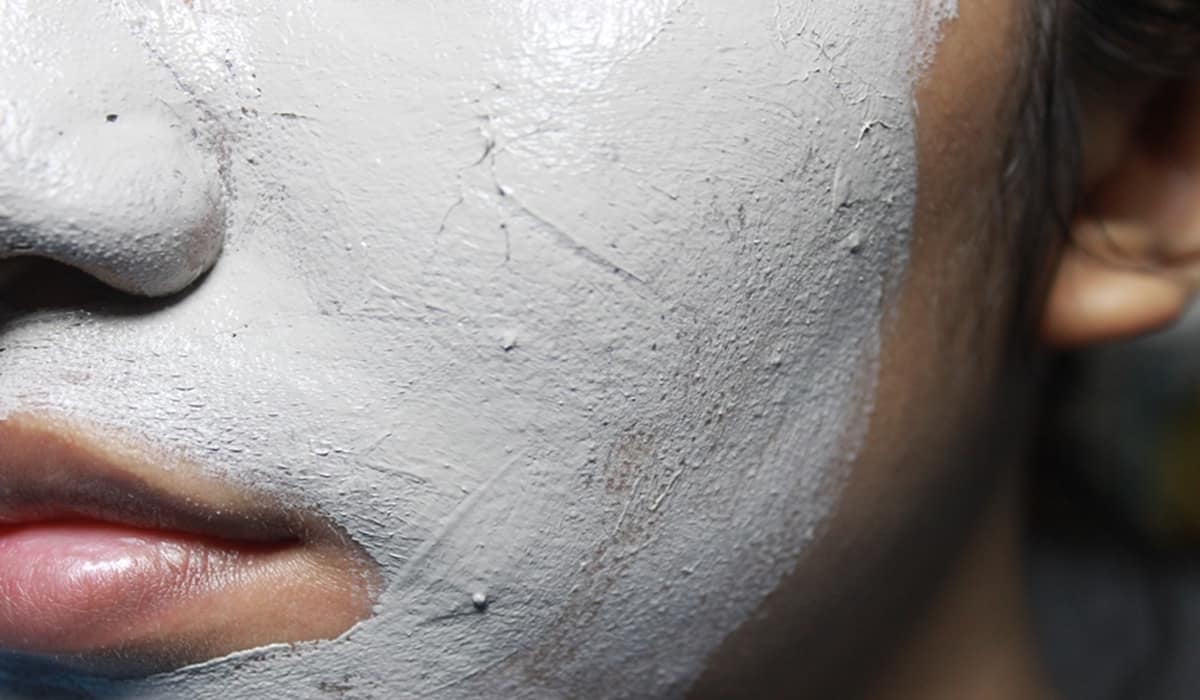 It makes the skin less greasy. As was just said, kaolin clay is famous for the oil-absorbing qualities that it possesses. Clay from kaolin can help reduce oiliness on the skin when it is applied to the face in the form of a mask. This is achieved by the clay’s ability to absorb excess oil caused by overactive sebaceous glands. Bentonite clay has a more robust oil-absorbing function than kaolin clay does, hence bentonite clay is more successful at reducing oiliness than kaolin clay. Skin toner The use of kaolin clay as a natural skin toner is recommended. It cleans deep within the pores, removing any debris, filth, and oil that may have accumulated there. Its mild astringent and toning action helps to tighten the pores, which in turn helps to prevent the buildup of harmful bacteria and environmental toxins within the pores. Adverse Reactions When used topically on the skin, kaolin clay does not have any adverse consequences that are known to science. On the other hand, any component has the potential to aggravate the skin. Conducting a spot test on the inner aspect of the elbow is always recommended as best practice. If the kaolin clay face mask does not cause any irritation or redness, then you should feel free to apply it. It can also be used as a body mask, the same benefits that a face mask provides to the skin on your face are also available to the skin on your body when you use a body mask. Using the same method outlined earlier, you can make a kaolin clay face and body mask that is effective at eliminating toxins by combining the clay with water.
It makes the skin less greasy. As was just said, kaolin clay is famous for the oil-absorbing qualities that it possesses. Clay from kaolin can help reduce oiliness on the skin when it is applied to the face in the form of a mask. This is achieved by the clay’s ability to absorb excess oil caused by overactive sebaceous glands. Bentonite clay has a more robust oil-absorbing function than kaolin clay does, hence bentonite clay is more successful at reducing oiliness than kaolin clay. Skin toner The use of kaolin clay as a natural skin toner is recommended. It cleans deep within the pores, removing any debris, filth, and oil that may have accumulated there. Its mild astringent and toning action helps to tighten the pores, which in turn helps to prevent the buildup of harmful bacteria and environmental toxins within the pores. Adverse Reactions When used topically on the skin, kaolin clay does not have any adverse consequences that are known to science. On the other hand, any component has the potential to aggravate the skin. Conducting a spot test on the inner aspect of the elbow is always recommended as best practice. If the kaolin clay face mask does not cause any irritation or redness, then you should feel free to apply it. It can also be used as a body mask, the same benefits that a face mask provides to the skin on your face are also available to the skin on your body when you use a body mask. Using the same method outlined earlier, you can make a kaolin clay face and body mask that is effective at eliminating toxins by combining the clay with water.  After you have created a paste with the consistency you desire, liberally apply it all over your body, including your underarms. After allowing the mask to sit on your face for approximately ten minutes, remove it with warm water. You should put on the body mask before getting into the shower, and you should avoid using soap while you are removing the mask. After you have finished drying your skin, you should moisturize it, preferably with a natural moisturizer such as coconut or olive oil.
After you have created a paste with the consistency you desire, liberally apply it all over your body, including your underarms. After allowing the mask to sit on your face for approximately ten minutes, remove it with warm water. You should put on the body mask before getting into the shower, and you should avoid using soap while you are removing the mask. After you have finished drying your skin, you should moisturize it, preferably with a natural moisturizer such as coconut or olive oil.
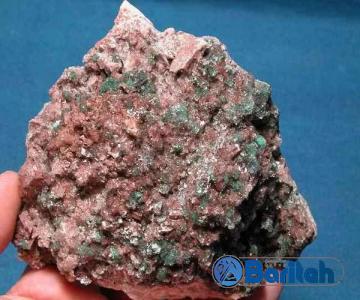
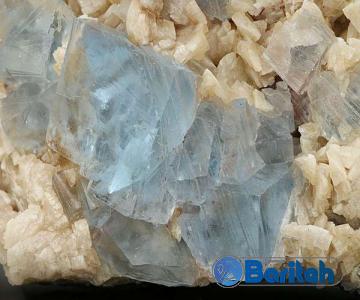
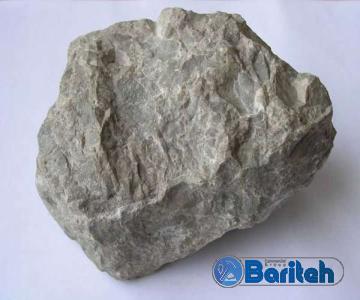
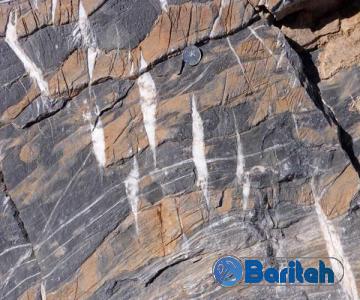
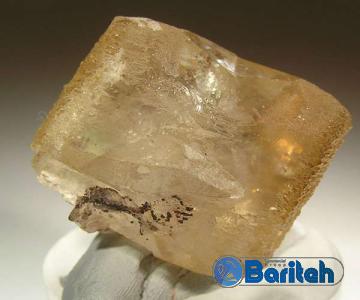
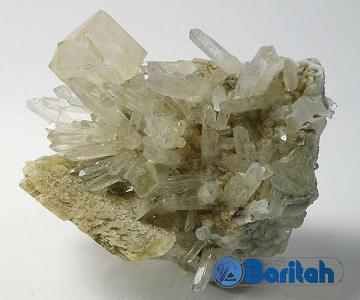
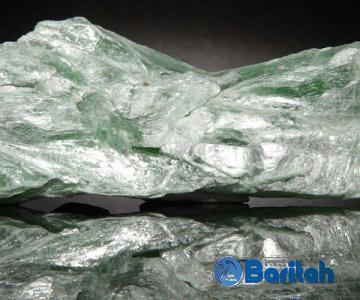
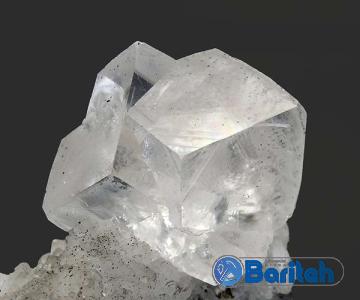
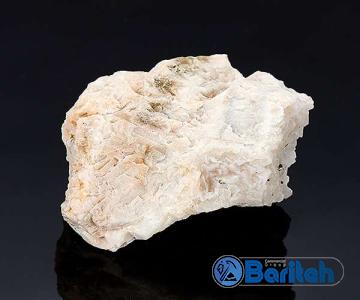
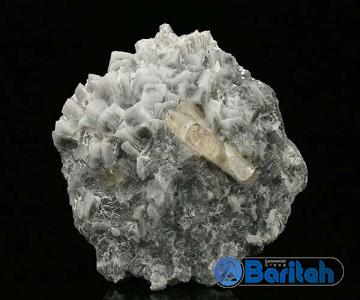
Your comment submitted.